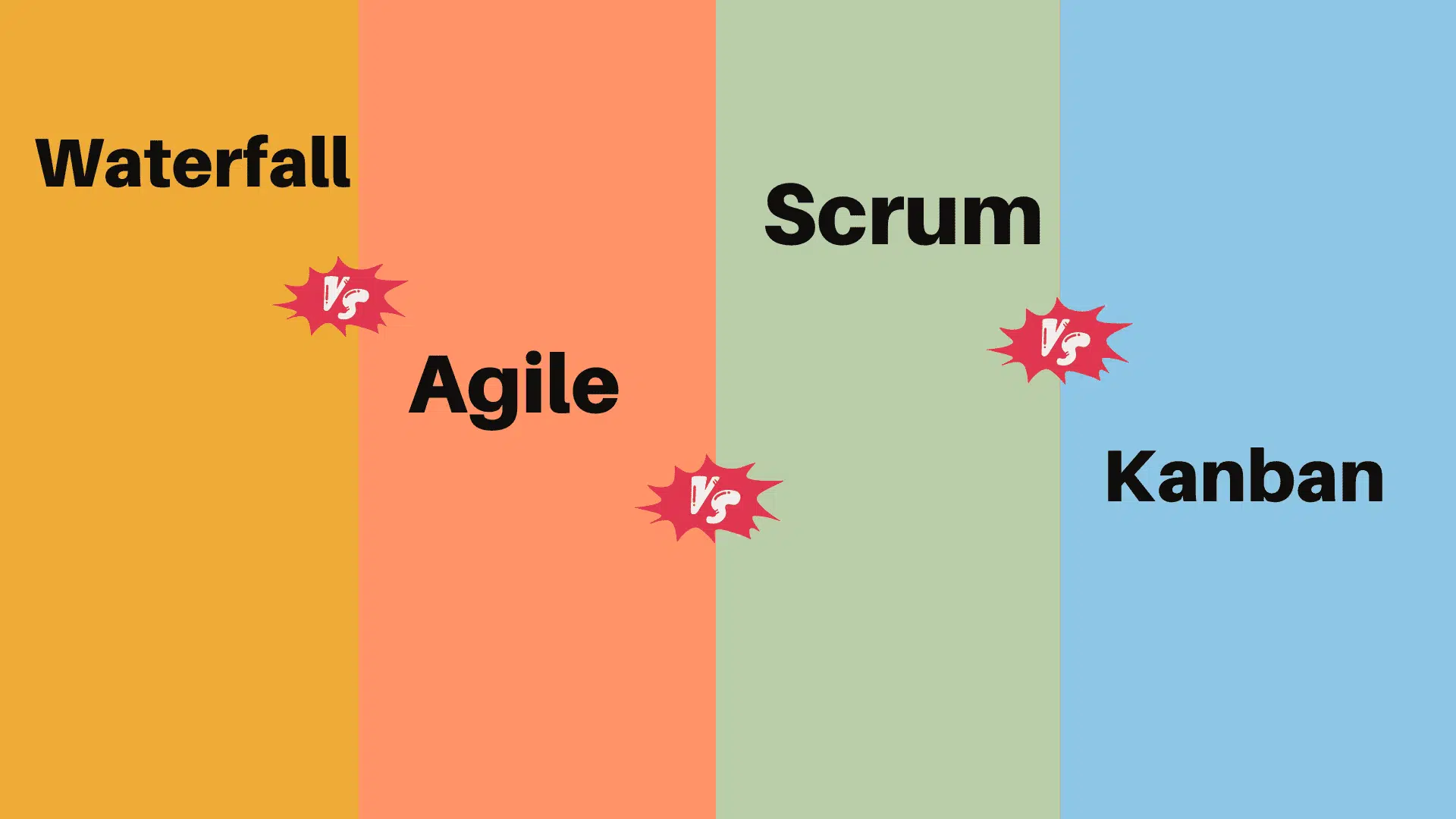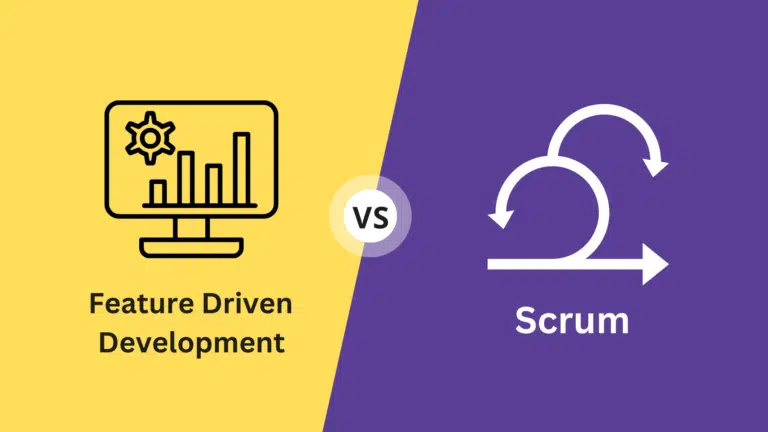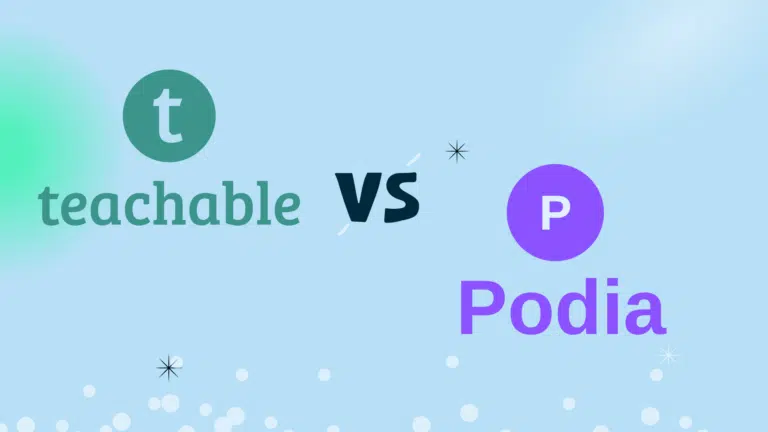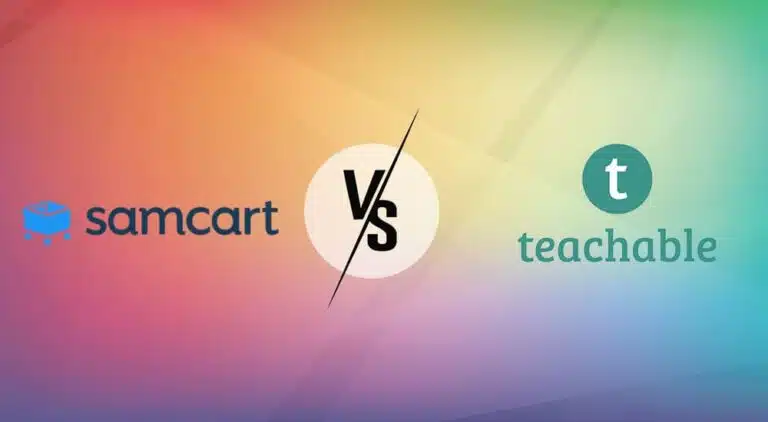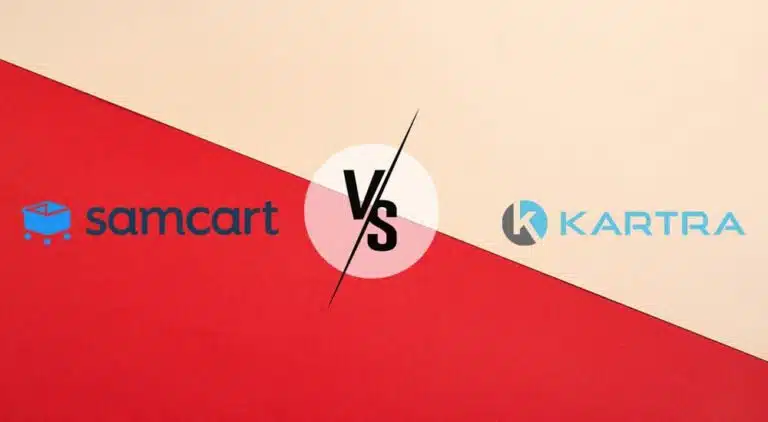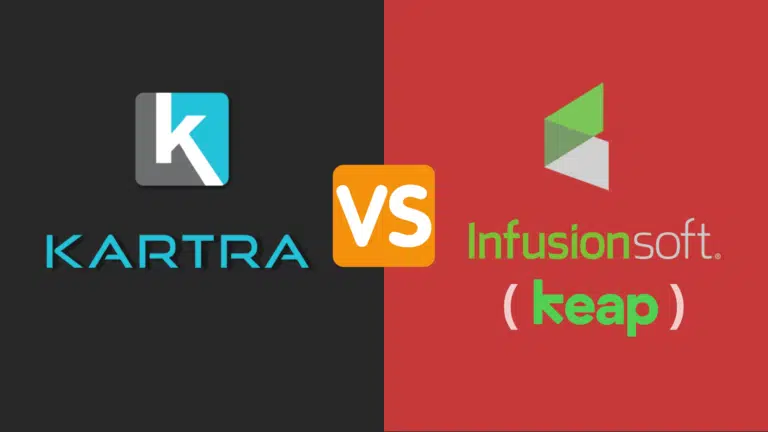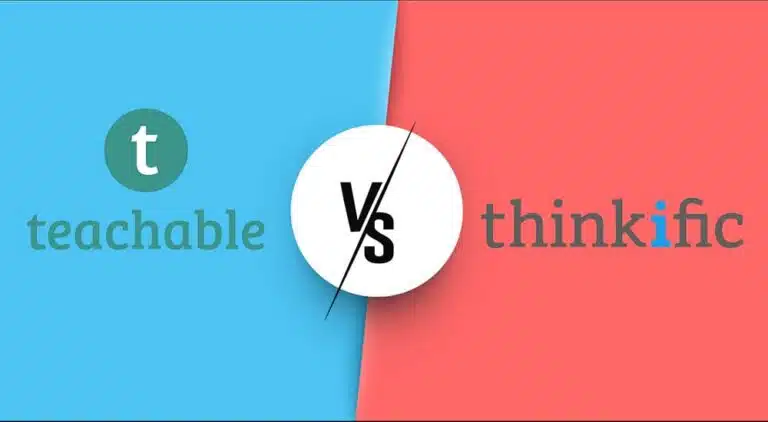Waterfall, Agile, Scrum, and Kanban are different methodologies used in project management.
The Waterfall is the oldest form of project management and is used for projects where the scope of work is fixed. Agile methodologies are used in IT projects where requirements are dynamic, and the scope of work is not well defined.
Scrum is an Agile framework focusing on faster work done and quicker deliveries. Kanban is a framework to improve processes regardless of your methodologies.
In today’s post, we will discuss Waterfall Vs Agile Vs Scrum Vs Kanban.
Let us get started.
Waterfall Vs Agile Vs Scrum Vs Kanban
Though these methodologies differ, they aim to complete the project successfully and satisfy all stakeholders’ requirements.
Each methodology has its own unique features, advantages, and disadvantages, and as a project manager, you must choose the methodology that is best suited for your project.
Let’s review each framework with its pros and cons, and then finally, we will see the differences between Waterfall, Agile, Scrum, and Kanban.
Waterfall

The Waterfall approach is a traditional project management framework that follows a linear and sequential approach. It comprises five phases, each building upon the previous one.
This framework is helpful for projects with fixed requirements and no changes.
The five phases of Waterfall project management are as follows.
- Initiation: The management signs the project charter, authorizes the project, and appoints the project manager. Then the project manager identifies the project stakeholders.
- Planning: The project manager collects requirements and develops all project plans.
- Execution: The project manager implements the developed project plan. This phase consumes most of the project’s budget and schedule.
- Monitor and Control: The project manager ensures that the project is on track. If it deviates from the project baseline, then the project manager will bring the project back on track using corrective and preventive action, or they will update the baselines using change requests.
- Closure: The project manager delivers the project to the client, releases the team and other resources, compiles the lessons learned, updates the organizational process assets, and closes the project.
The Waterfall Model’s Uniqueness
The Waterfall model has a sequential nature, where each phase has defined inputs and outputs. It has a rigid structure, and revisiting the previous phase is too difficult once they are completed.
This model (also known as the “traditional project management model”) is widely used in construction projects that follow sequential patterns. The project manager moves to the next phase when they finish the previous stage; thus, making changes to the previous phase is difficult to do once each phase is completed.
Therefore, when comparing Waterfall vs Agile, know that changes are difficult in Waterfall, and it follows a sequential approach. The requirements are well known, and the project deliverables are well defined.
Pros of the Waterfall Model
- Clarity and Simplicity: The linear structure of the model provides a clear roadmap and a straightforward understanding of the progressive movement.
- Well-Defined Milestones: The project milestones and timelines are well defined. Each phase has distinct deliverables, which makes tracking progress and measuring success easier.
- Documentation: Extensive documentation is produced at each phase, which helps maintain records.
- Stakeholder Involvement: Stakeholders can review progress at each stage to ensure that their requirements are met.
Cons of the Waterfall Model:
- Limited Flexibility: The sequential nature makes addressing changes at later stages difficult.
- Late Feedback: Stakeholders’ feedback is often collected late, resulting in costly changes or compromised expectations.
- Lack of Early Visibility: Since validation occurs towards the end, there is limited visibility of the product development process, which makes identifying potential issues difficult in the early stages.
- Limited Collaboration: The model’s linear nature can inhibit collaboration between different teams or departments, thus potentially leading to a siloed work environment.
Agile
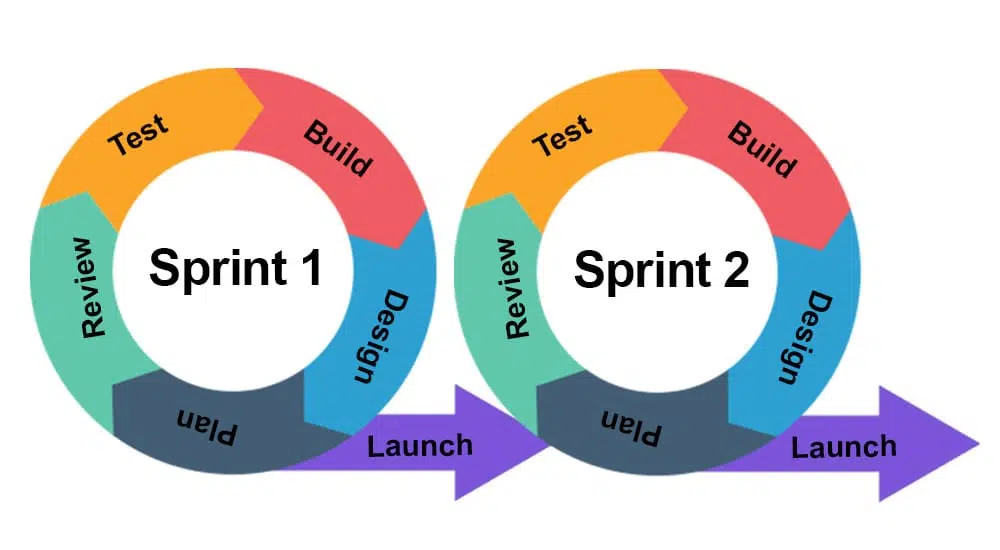
The Agile framework is a collection of methodologies that follow an iterative and incremental approach to software development that emphasizes flexibility, collaboration, and continuous improvement. It is an umbrella term for many similar frameworks.
Unlike the Waterfall model, Agile software development focuses on adaptive planning, evolving requirements, and delivering working software in short iterations. They focus on customer needs and requirements until the final product is delivered.
The five characteristics of Agile methodologies are as follows:
- User Stories: Requirements are converted to user stories that describe the desired product functionalities.
- Iterative Development: The development process is divided into short iterations or sprints, typically lasting 1-4 weeks, during which a small functionality is developed and delivered.
- Continuous Integration: The software development teams frequently integrate their work, thus ensuring that the software remains functional and deployable throughout the project.
- Cross-Functional Teams: Agile teams are self-organizing and comprise individuals with distinct skillsets, thus fostering collaboration and collective ownership.
- Regular Reviews and Retrospectives: At the end of each sprint, the team reviews the completed work, collects feedback, and reflects on process improvement.
The Agile Framework’s Uniqueness
The Agile approach stands out for its iterative and incremental nature, focusing on delivering a working product in short cycles.
Agile methodologies are adaptive and have simultaneous workflows, which differs from Waterfall’s linear structure. The project manager can adapt it based on the requirements, and they can accommodate feedback at any stage. The Agile framework offers more flexibility than the Waterfall framework.
Here requirements are not fixed, and changes are welcomed. It collects constant feedback from stakeholders and accommodates them in product development. Agile frameworks promote sustainable development.
It embraces change and emphasizes customer collaboration throughout the development process.
Pros of the Agile Framework
- Flexibility and Adaptability: Agile project management welcomes changing requirements, thus enabling development teams to respond quickly to evolving needs and market conditions.
- Customer Satisfaction: Continuous collaboration with customers and stakeholders ensures that the delivered software meets their expectations, which enhances customer satisfaction.
- Faster Time to Market: Frequent iterations and incremental development allow early delivery of the working software, thus reducing time-to-market, as compared to the Waterfall model.
- Transparency and Visibility: Agile provides regular opportunities for stakeholders to see and provide feedback on the working software, thus increasing transparency and reducing the risk of misalignment.
- Continuous Improvement: Regular reviews and retrospectives allow teams to identify areas for improvement and implement changes in subsequent iterations, thus leading to continuous process enhancement.
Cons of the Agile Framework
- Uncertain Scope and Schedule: Agile’s flexibility can make it challenging to accurately estimate project timelines and scope—especially in projects that are complex or have evolving requirements.
- Increased Communication Overhead: Agile requires frequent communication and collaboration among team members, which can be time-consuming—particularly in large or distributed teams.
- Team Collaboration Dependency: Agile’s success relies on team members’ ability to collaborate and self-organize. A lack of coordination or conflicts within the team can hinder progress.
- Limited Documentation: Agile favors working software over comprehensive documentation, which can be a disadvantage in heavily regulated industries or projects that require extensive documentation.
- Scope Creep: Without proper controls, Agile projects may experience scope creep if new requirements are continually being added, thus affecting timelines and budgets.
Some examples of Agile frameworks are Scrum, Lean, FSDD, SAFe, etc.
Scrum
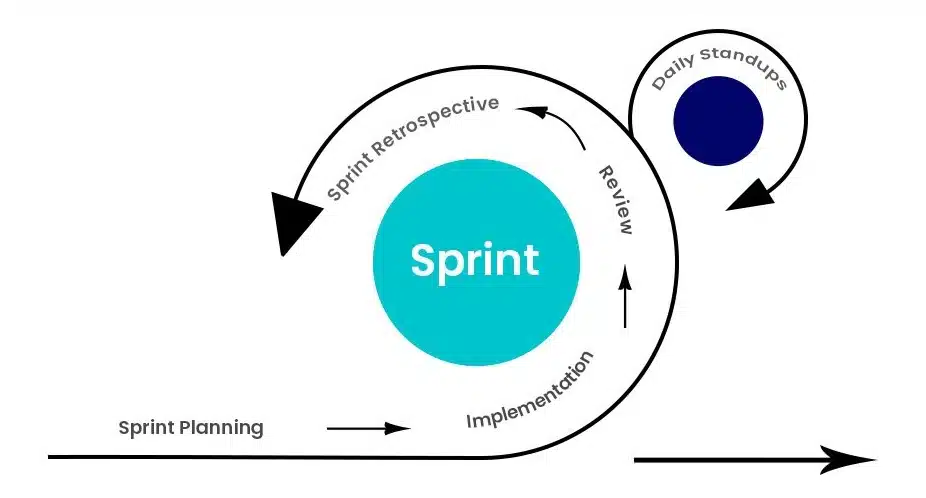
Scrum is an Agile methodology used for managing software development projects. It emphasizes collaboration, iterative development, and self-organizing teams.
Scrum methodology uses one to two weeks of sprints to finish the targeted backlog items. The Scrum team plans the sprint, executes it, and reviews it at the end. During sprint planning, the team creates a sprint backlog of user stories.
The Scrum Master try to complete this backlog during the sprint and hold daily Scrum meeting for 15 minutes in the morning. During this meeting, team members discuss roadblocks and issues but avoid discussing the progress or status of tasks.
Here are the five key characteristics of the Scrum project management framework:
- Product Backlog: The product backlog is a prioritized list of features, functionalities, and enhancements maintained by the product owner.
- Sprints: The development team organizes the work into fixed-duration iterations called “sprints,” usually lasting 1-4 weeks each.
- Daily Scrum: This is a short daily meeting during which team members synchronize their work, discuss progress, and identify potential obstacles.
- Sprint Review: At the end of each sprint, the team demonstrates the completed work to stakeholders and collects their feedback.
- Sprint Retrospective: This is a meeting held after each sprint to reflect on the team’s performance, identify areas for improvement, and plan adjustments.
The Scrum Framework’s Uniqueness
Scrum stands out for its specific roles, ceremonies, and artifacts. It promotes self-organization, transparency, and adaptability, enabling teams to respond to changing requirements and deliver value iteratively.
When comparing Scrum vs Kanban, one must understand that Kanban focuses on process improvements, while Scrum focuses on quickly getting a large volume of work done.
Scrum Master and Product Owner are the key roles in Scrum, and it uses a burndown or burnup chart to monitor and track the project’s progress.
Pros of the Scrum Framework
- Enhanced Collaboration: Scrum promotes close collaboration among team members, stakeholders, and the product owner, fostering a shared understanding and collective ownership of the project.
- Flexibility and Adaptability: Scrum allows changing requirements and priorities, thus enabling teams to respond quickly to market needs and adjust the product backlog accordingly.
- Transparency and Visibility: Scrum ceremonies (e.g., the daily Scrum and sprint review) provide regular opportunities for stakeholders to see the project’s progress, provide feedback, and confirm alignment.
- Continuous Improvement: The sprint retrospective encourages teams to reflect on their work, identify areas for improvement, and implement changes, thus promoting a culture of continuous learning and enhancement.
Cons of the Scrum Framework
- Fixed Deadline Challenges: Scrum’s focus on iterations and change adaptation can make it challenging to meet fixed deadlines—especially when faced with unexpected obstacles or scope changes.
- Team Collaboration Dependency: The success of Scrum depends heavily on effective teamwork and self-organization. A lack of collaboration and/or conflicts within the team can hinder progress and productivity.
- Lack of Detailed Documentation: Scrum favors working software over extensive documentation, which may put projects that require thorough documentation for regulatory or compliance purposes at a disadvantage.
- Scalability Challenges: Scaling Scrum for larger projects or organizations can introduce additional complexities, requiring careful coordination, communication, and management of multiple Scrum teams.
Kanban
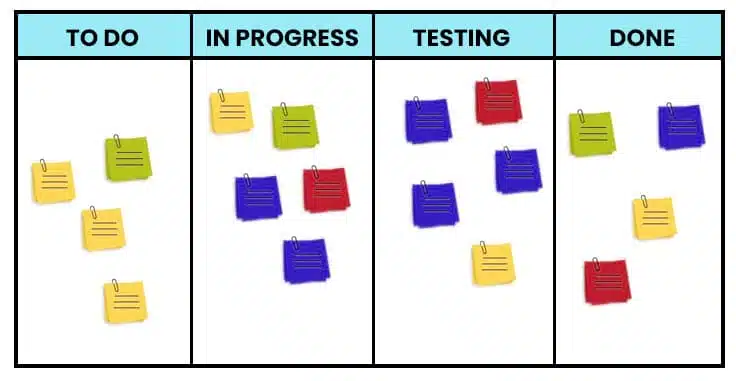
Kanban is a process improvement framework used in Agile or Waterfall methodologies. It focuses on visualizing and optimizing the workflow. It originated from lean manufacturing practices and has been adapted for software development.
The four key characteristics of the Kanban methodology are as follows:
- Visual Board: Kanban includes a Kanban board. This board shows the work items divided into columns, each representing a different workflow stage. The items in each column are known as “Kanban cards.”
- Work-in-Progress (WIP) Limits: Each column has a predefined limit on the number of items that can be in progress simultaneously to prevent overburdening and promote flow efficiency.
- Pull System: Work is pulled from one column to the next as team members finish each task, thus ensuring a smooth and balanced workflow.
- Continuous Improvement: The Kanban framework encourages continuous improvement by analyzing the workflow, identifying bottlenecks, and making incremental changes to enhance efficiency.
The Kanban Framework’s Uniqueness
Kanban’s uniqueness is visualizing the work process and flow optimization. It provides a real-time overview of the work in progress, highlights bottlenecks, and enables teams to make data-driven decisions for process improvement.
It is not fair to compare Kanban vs Scrum, or Kanban vs Agile or Waterfall, as Kanban is not a project management methodology but a valuable process-improvement technique for Agile and Waterfall frameworks.
Pros of the Kanban Framework
- Flexibility and Adaptability: Kanban allows changing priorities and a dynamic workflow, which makes it suitable for frequently changing or unpredictable projects.
- Efficient Resource Utilization: WIP limits help optimize the team’s capacity and prevent overburdening, thus reducing the need to multitask and ensuring that resources are efficiently used.
- Continuous Delivery: Kanban promotes a steady flow of completed work, thus enabling teams to deliver value to customers continuously.
- Transparency and Visualization: The visual board provides a clear and shared understanding of the workflow, its progress, and any potential bottlenecks, thus promoting transparency and collaboration.
Cons of the Kanban Framework
- Lack of Predictability: Kanban’s flexibility and continuous flow can make estimating delivery timelines and/or long-term commitments challenging.
- Limited Planning Structure: Kanban does not provide predefined iterations or specific timeboxed activities, which may make it difficult for some teams to plan or set project milestones.
- Team Discipline Dependency: Kanban relies on self-discipline and adherence to WIP limits. If team members do not follow guidelines, then it can lead to inefficiencies and reduced productivity.
- Potential Overreliance on Urgent Work: Without careful management, urgent or high-priority items can overshadow important but less urgent work, which can cause critical tasks to be neglected.
What is the Difference Between Waterfall, Agile, Scrum, and Kanban?
The difference between Waterfall, Agile, Scrum, and Kanban are as follows:
Planning:
- With Waterfall, extensive planning is done upfront.
- With Agile, planning is iterative and flexible.
- With Scrum, planning is done at the beginning of each sprint.
- With Kanban, no formal planning is required.
Development:
- With Waterfall, work is done linearly, and each phase is completed before the next phase begins.
- With Agile, work is done in iterations, with each iteration building upon the previous one.
- With Scrum, work is done in sprints (i.e., short, fixed-length periods).
- With Kanban, work is done continuously, and new work is added as needed.
Communication:
- With Waterfall, communication is one-way, with the project manager communicating the plan to the team.
- With Agile, communication is two-way, with the team and the project manager working together to plan and execute the project.
- With Scrum, communication is very important, and the team meets daily to discuss their progress and challenges.
- With Kanban, communication is informal and ad hoc.
Testing:
- With Waterfall, testing is done at the end of the project.
- With Agile, testing is done throughout the project, with each iteration being tested before completion.
- With Scrum, testing is done throughout the sprint, with the team ensuring that each story works as expected before it is released.
- With Kanban, testing is done continuously as new work is added.
The following table shows other differences between Waterfall, Agile, Scrum, and Kanban:
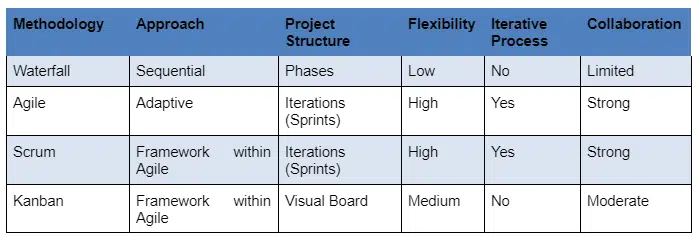
Which Project Management Methodology Should You Use?
It depends on your requirements.
If the project manager is dealing with construction projects or projects with fixed requirements, and the chances of changes are low, then you should choose Waterfall methodologies.
However, you can also use Agile methodologies (e.g., Scrum) for IT, software development, or projects with uncertain requirements.
Kanban is for process improvements, so you can use it with any methodology (e.g., Agile or Waterfall).

I am Mohammad Fahad Usmani, B.E. PMP, PMI-RMP. I have been blogging on project management topics since 2011. To date, thousands of professionals have passed the PMP exam using my resources.

